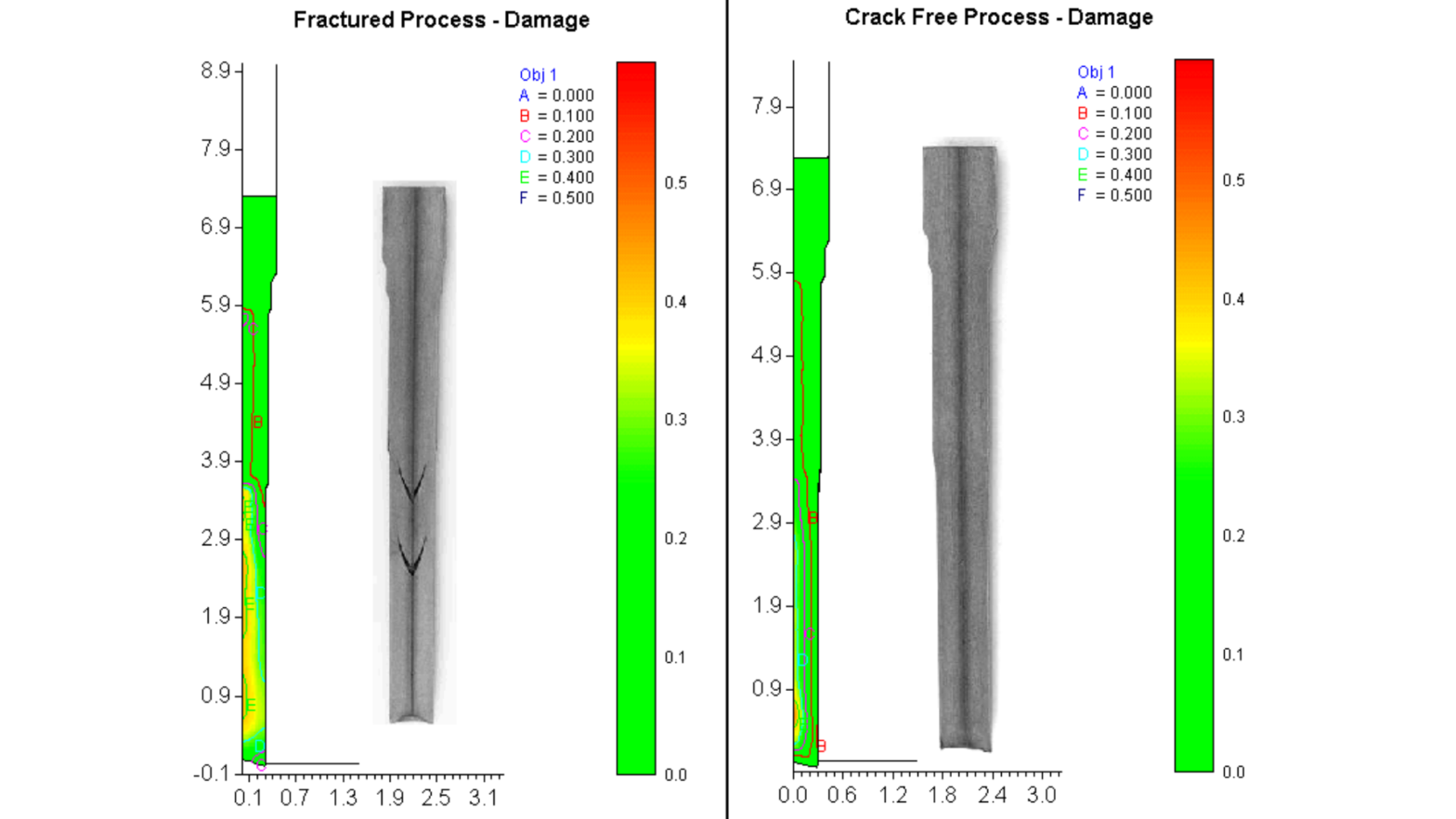
DEFORM has been used successfully to assist designers in eliminating existing cracks in components by providing damage levels for alternative designs. Reducing predicted damage generally reduces the probability of fracture. The most successful damage based fracture predictions have been cases where the stress state is primarily tensile. In cases with a predominately compressive stress, damage models still require development to be effective in a wide range of processes.
Read More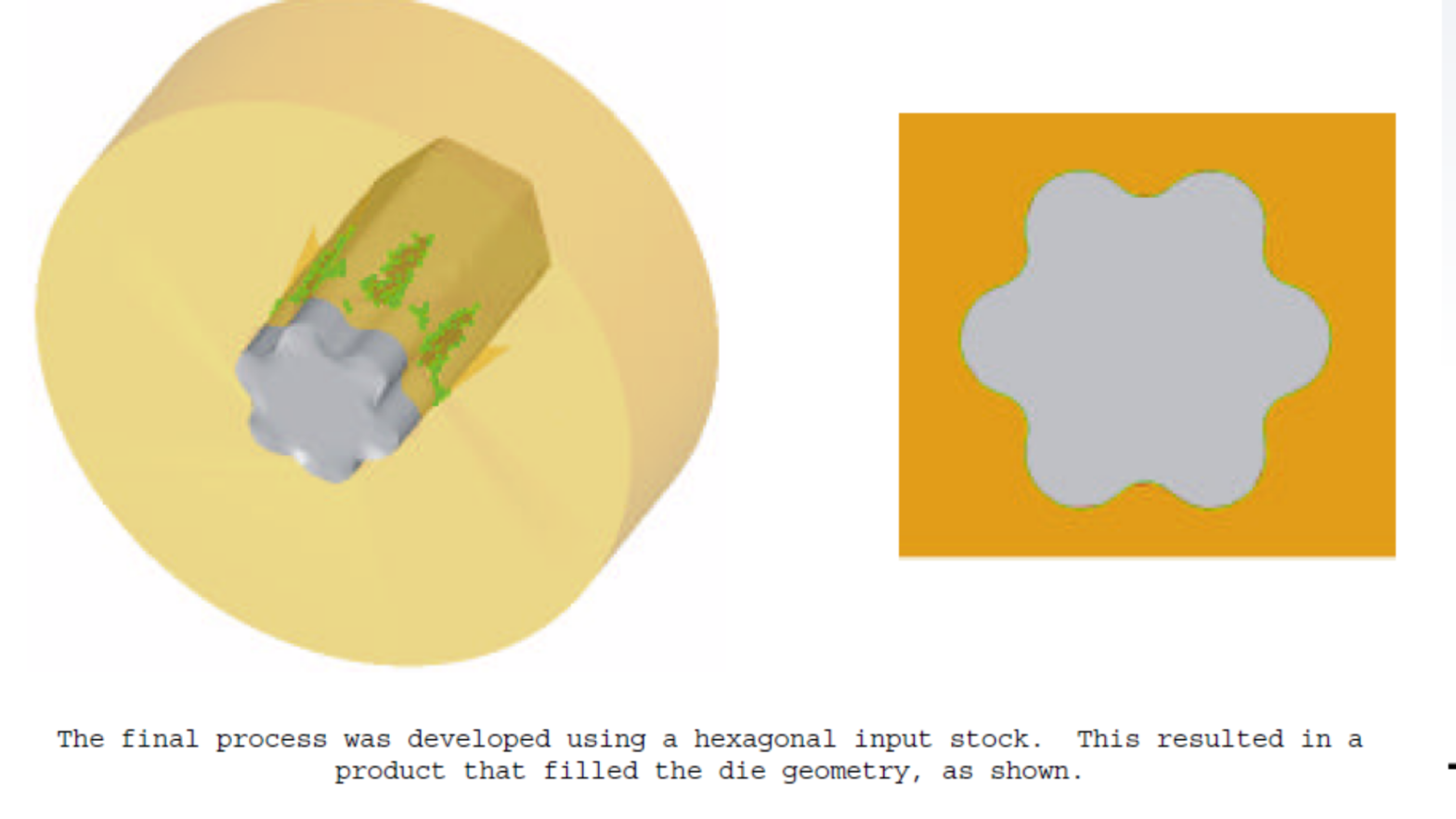
Shape drawing simulations of complex three-dimensional shapes can be run in minutes for simple shapes to hours for very complex processes. A wide range of critical process information can be obtained from this type of analysis. At the quotation phase, the correct number of drawing operations requiring shaped dies can be determined.
Stress analysis can be performed on the die to ensure that low cycle fatigue fractures do not form on the inside corners. A prediction of pull loads can be used to minimize wire breaks. All of this can be accomplished without spending the time and money for shop trials.
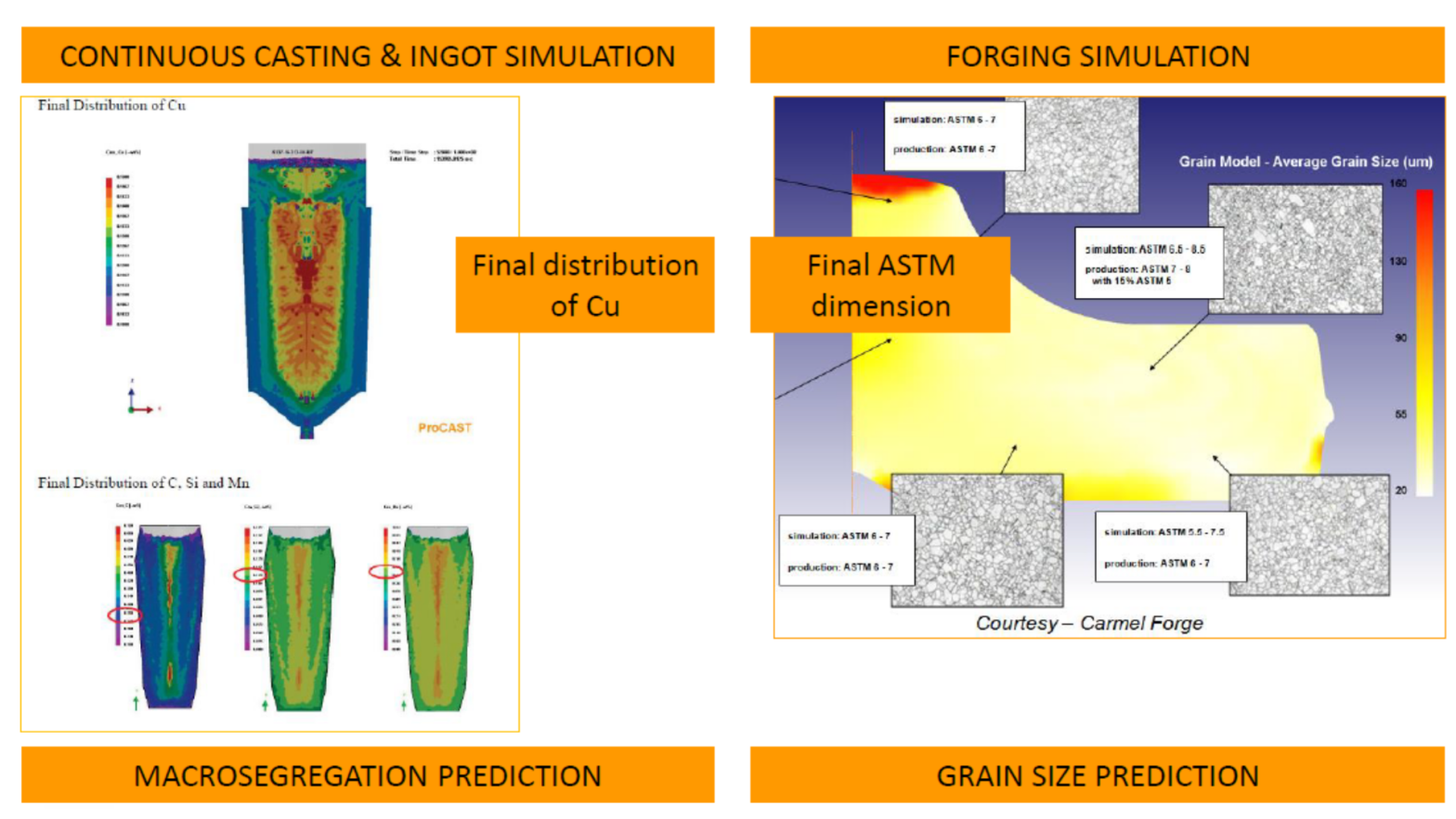
1. The rolling simulation with the standard approach is performed using a homogeneous value for the input data; there is important information about continuous casting that is lost, such as residual stresses and deformations 2. The new "process concatenation approach" wants to take into consideration the production operations before rolling: continuous casting, cooling and heating furnace to better adapt to reality 3. The ProCAST software directly exports the mesh and the results in the native DEFORM format 4. This approach is useful for the continuous casting and rolling industry to increase the quality and productivity of its plants, processes and products
Read More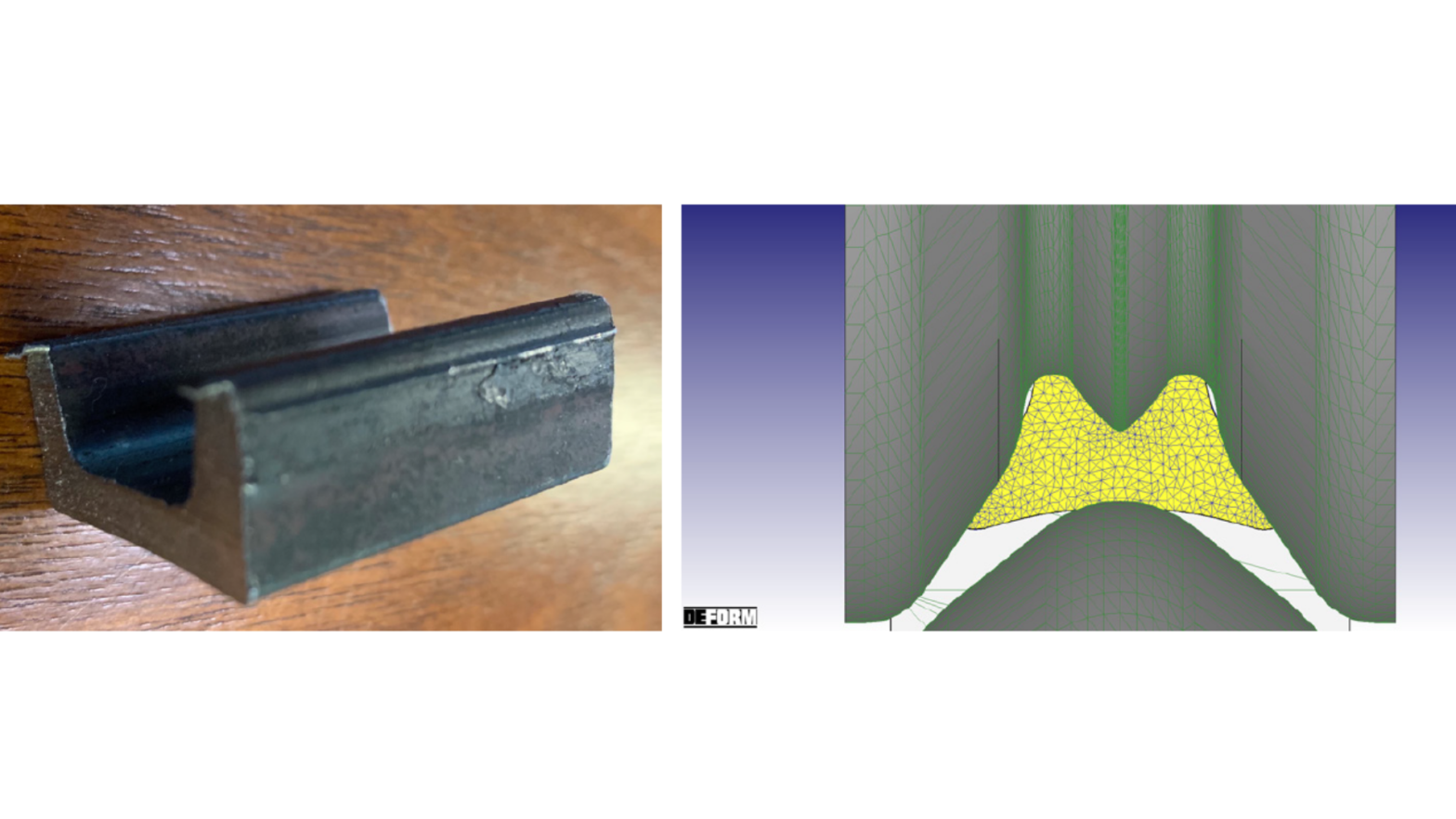
SFTC offers a range of powerful modules specific to DEFORM. Unlike the general preprocessor, modules provide customized experiences tailored to modeling particular processes. The Shape Rolling module has recently been updated and introduced in the DEFORM multi-operation environment.
Read More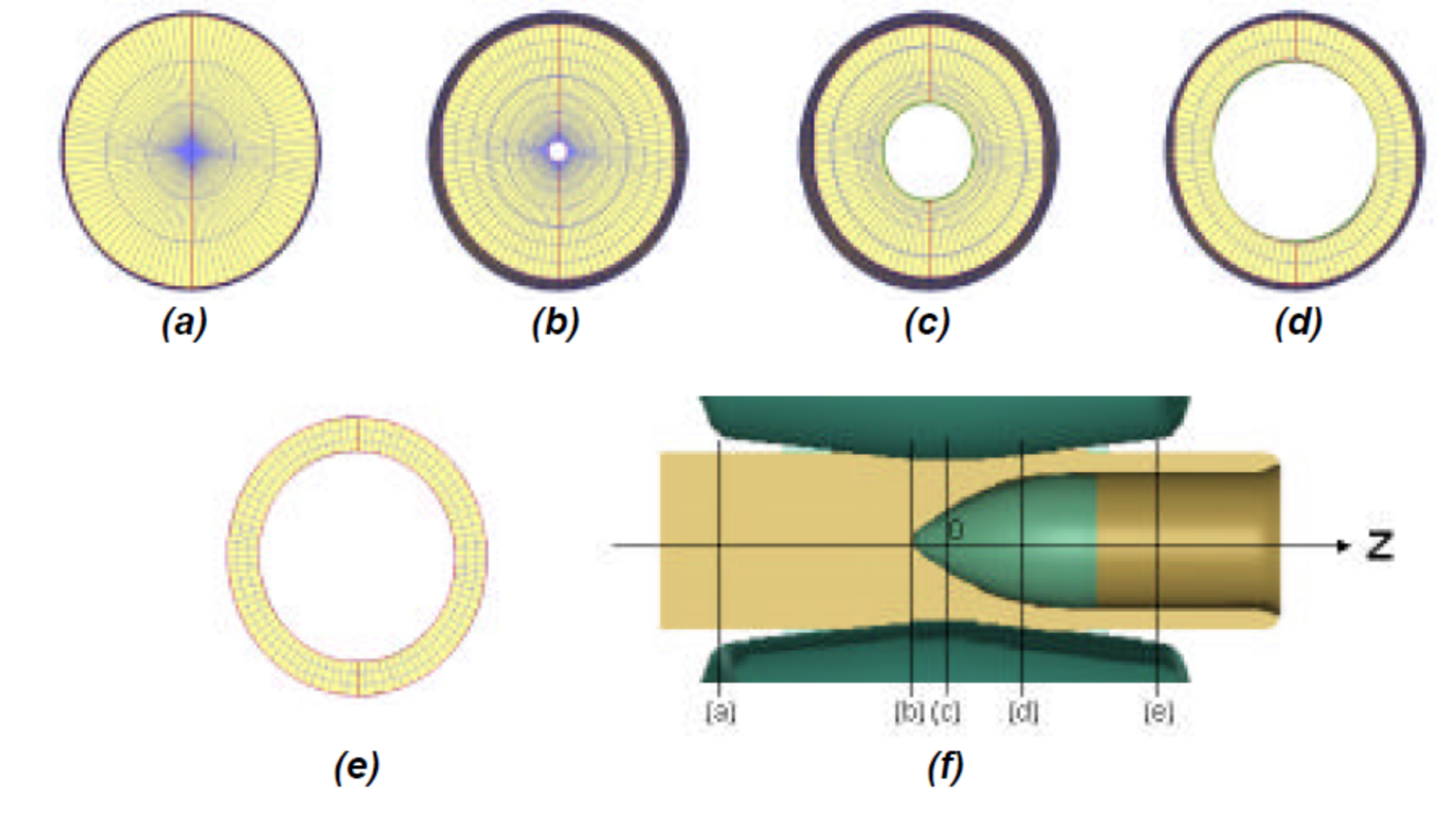
The Eulerian formulation is not well suited to this process due to the presence of free surfaces. The Lagrangian formulation is also not well suited to this process due to the rotational motion of the workpiece, changing contact and simulation time.
An ALE method was developed for this process to allow the radial and longitudinal motions to use the Lagrangian formulation and the circumferential motion to use the Eulerian formulation.
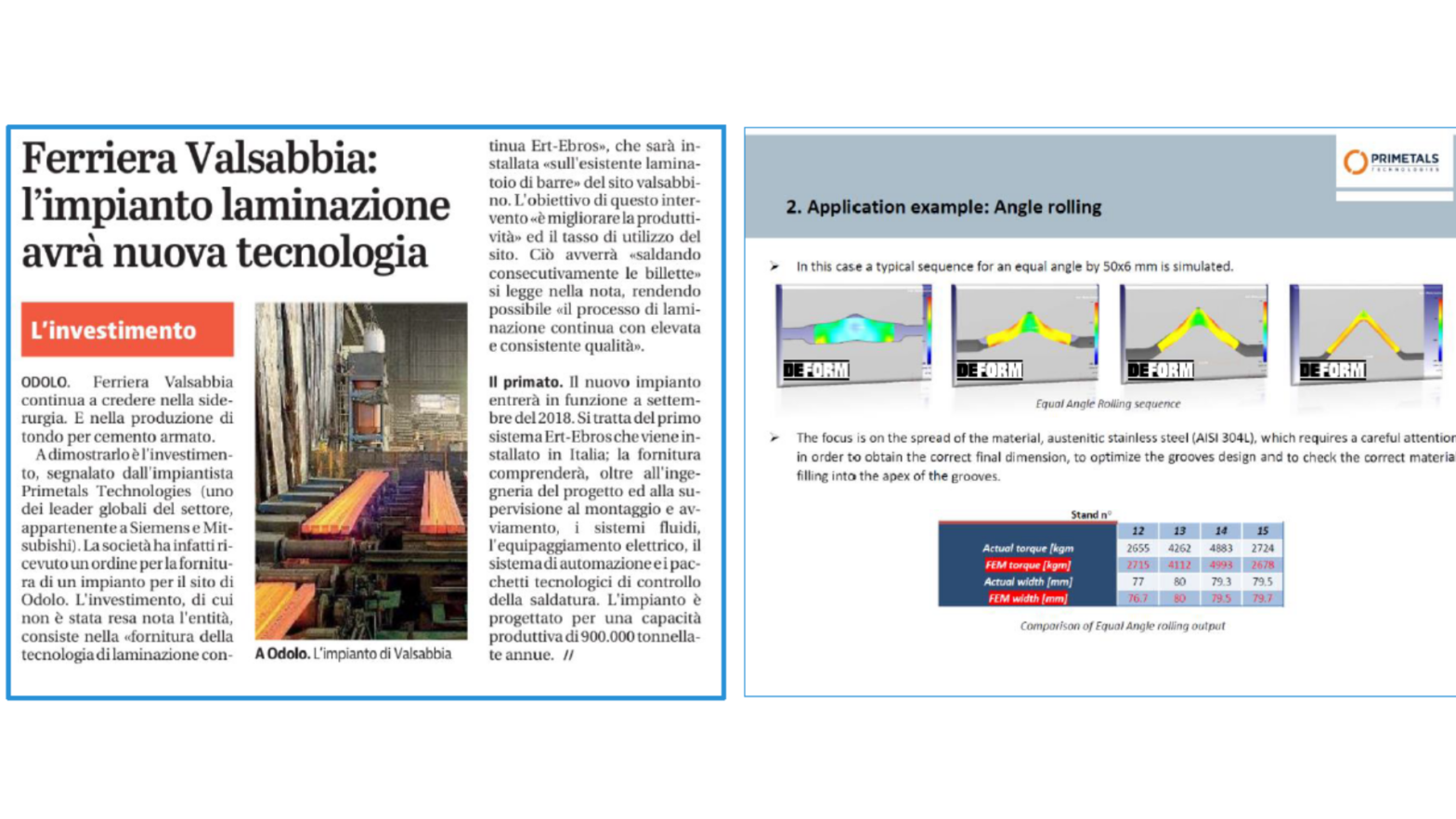
Ecotre Valente srl (BS) informs that Ferriera Valsabbia's investment in the rolling plant is with Primetals (VA). It is with great pleasure to inform you that Primetals is our very satisfied customer and user of the DEFORM rolling software. All the profiles have already been tested and sampled in the DEFORM virtual rolling plant. Primetals is able to produce twin virtual profiles and plants of the real ones. Article in Italian
Read More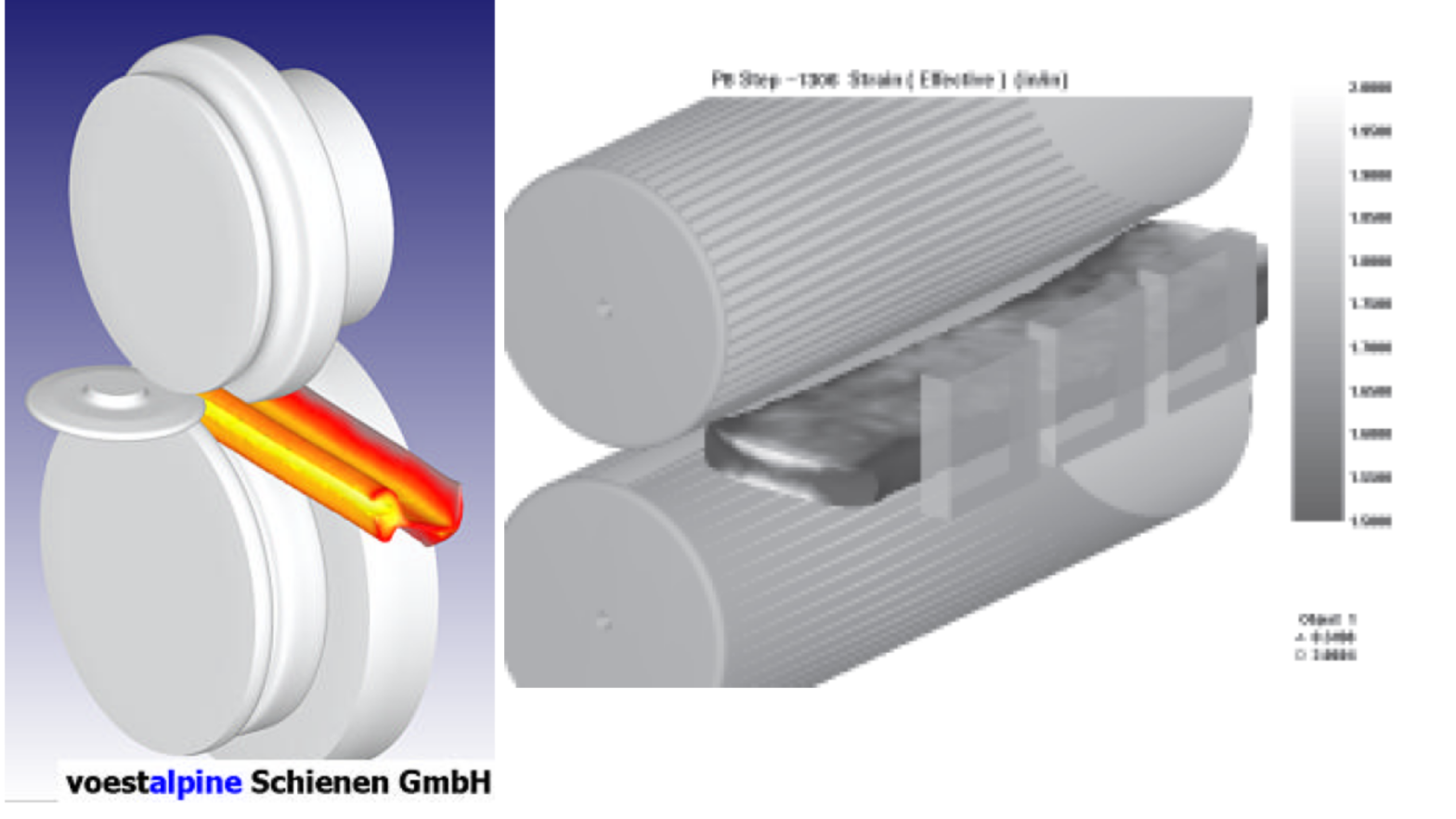
Voestalpine Schienen GmbH carried
out this shape rolling analysis using
DEFORM™-3D. This tramway rail
section is employed in many European
cities. Ten passes are involved and the
final two passes employ free-wheeling
side rolls.
In the next to last pass, the side roll
forms the groove in the head of the
rail. This side roll was cracking
prematurely and DEFORM™-3D
predicted uneven pressures acting on
it’s top and bottom faces. Combining
the predictions from DEFORM™ with
Voestalpine’s experience, the material
flow was improved to give more even
pressures and thus extend the life of
this form roller.
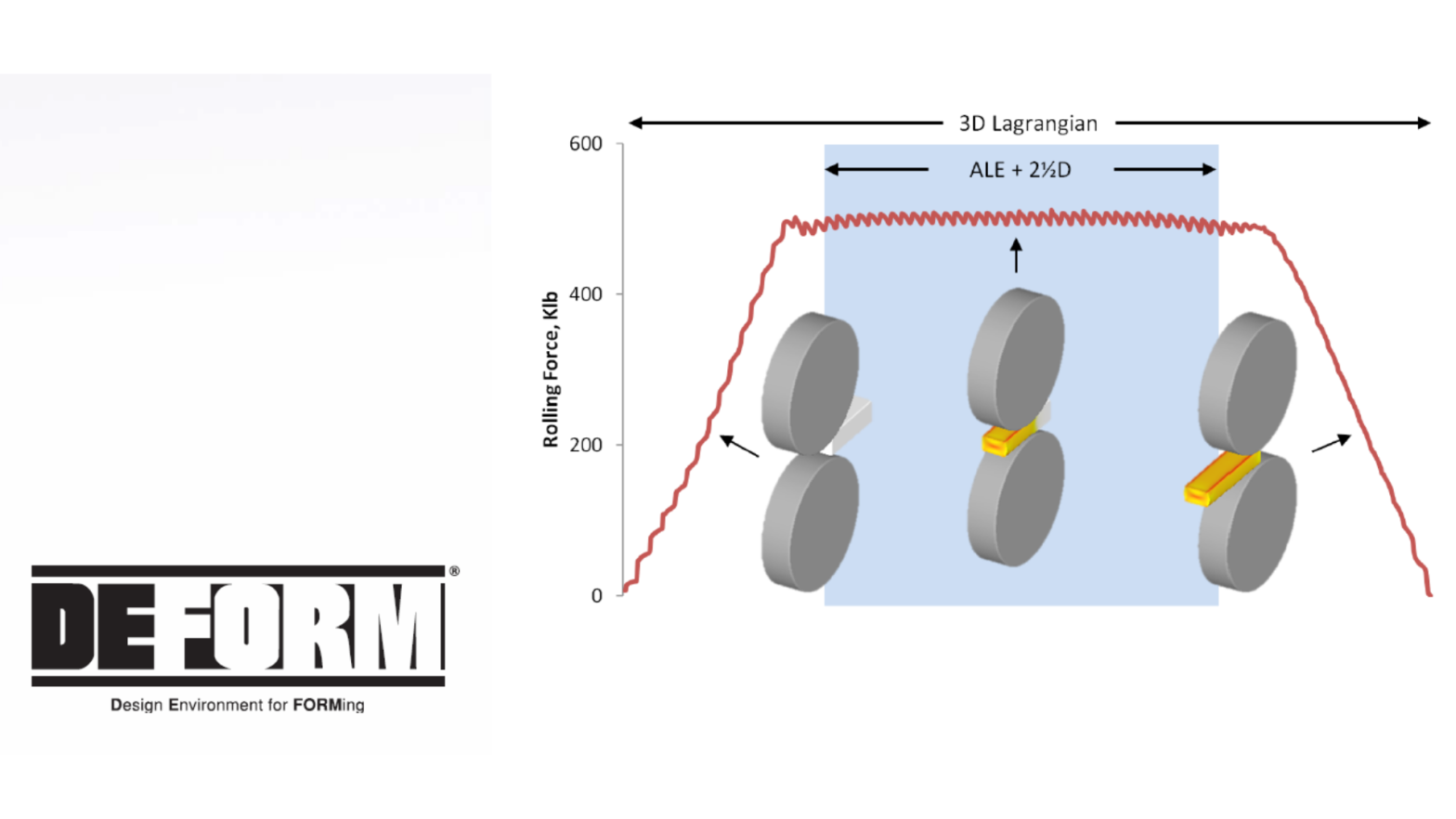
Manufacturers of rolled product have used DEFORM to optimize rolling profiles and process parameters for years. Three shape rolling methods are available in DEFORM: 3D Lagrangian (3D), ALE, and 2½D. The preprocessor has been enhanced, allowing the user to prepare models with all three methods. A new specialized brick meshing capability has been added to provide an excellent starting mesh for 3D and ALE.
Read More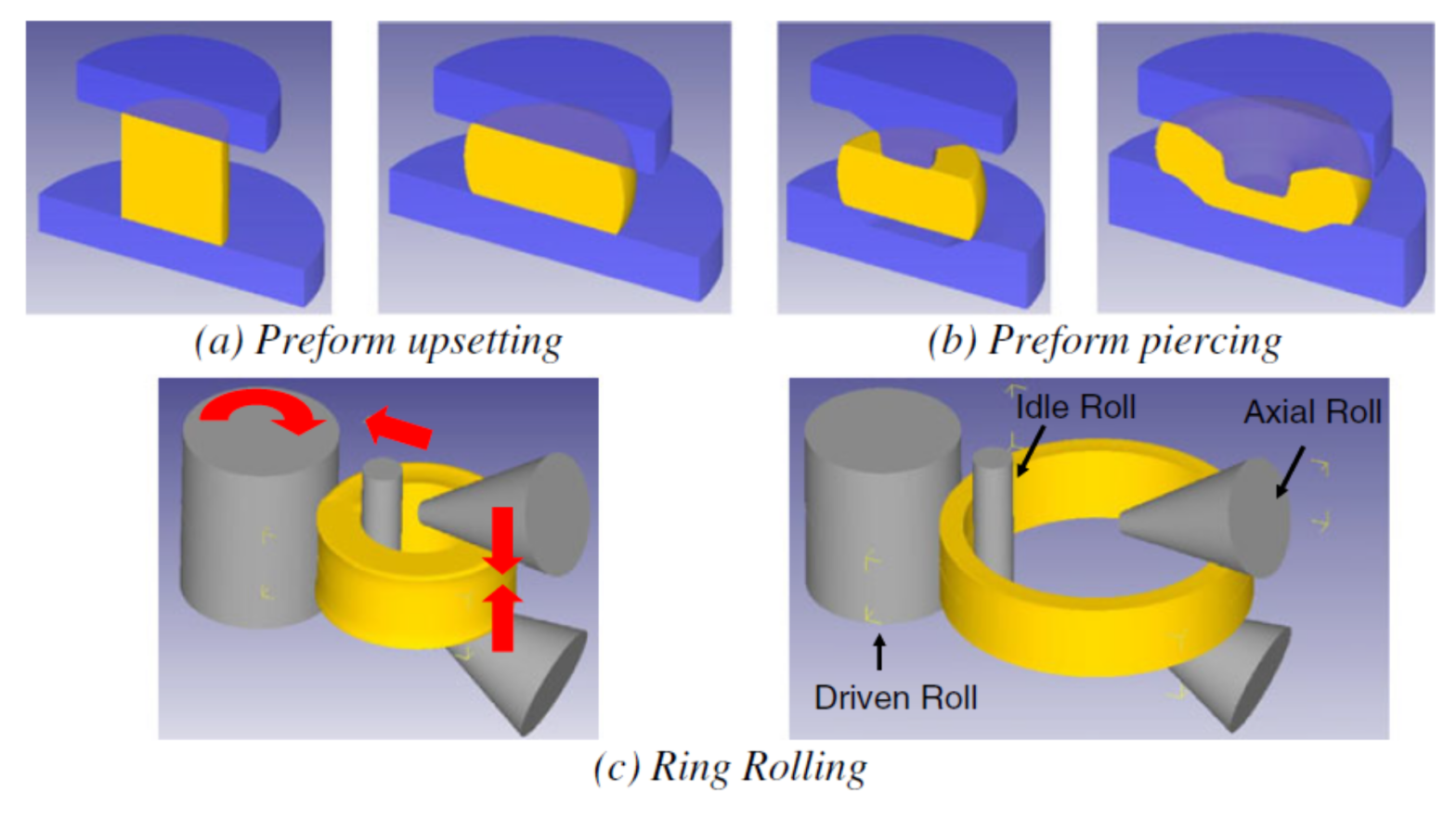
In this work a FE model, based on Deform 3D software, was tested versus experimental results acquired from an industrial plant. The accuracy of the FE model was analyzed through a dual comparison: by geometrical and by physical aspects. A good agreement was found between experimental and numerical results for both comparisons and, as a consequence, this code could be used in order to investigate and optimize the process parameters that characterize the ring rolling process in a virtual not expensive environment. The validated model will allow the studies of more environment-friend process configurations.
Read More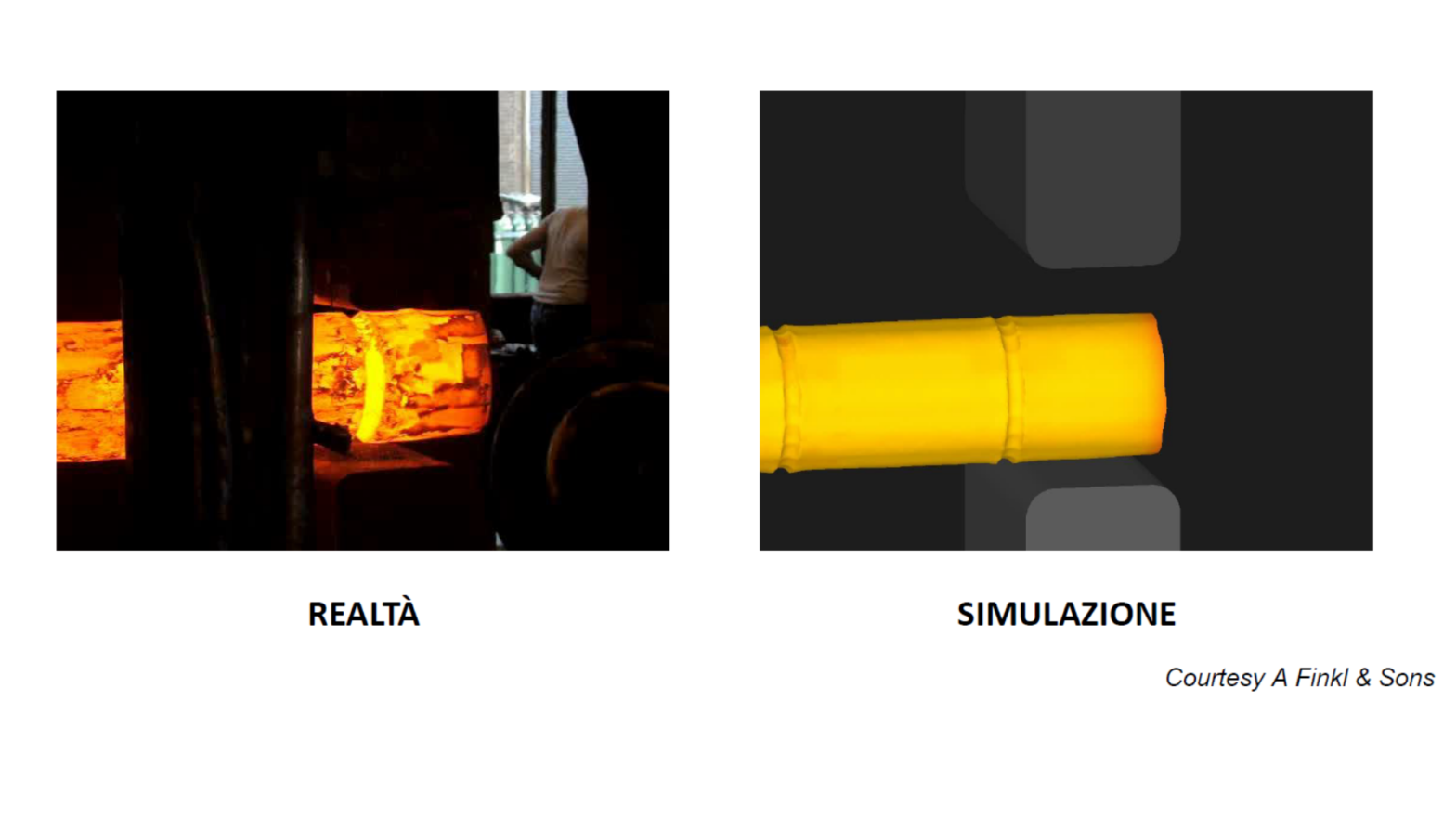
The ProCAST ingot casting simulation software integrated with the DEFORM forging and heat treatment software Article in Italian
Read More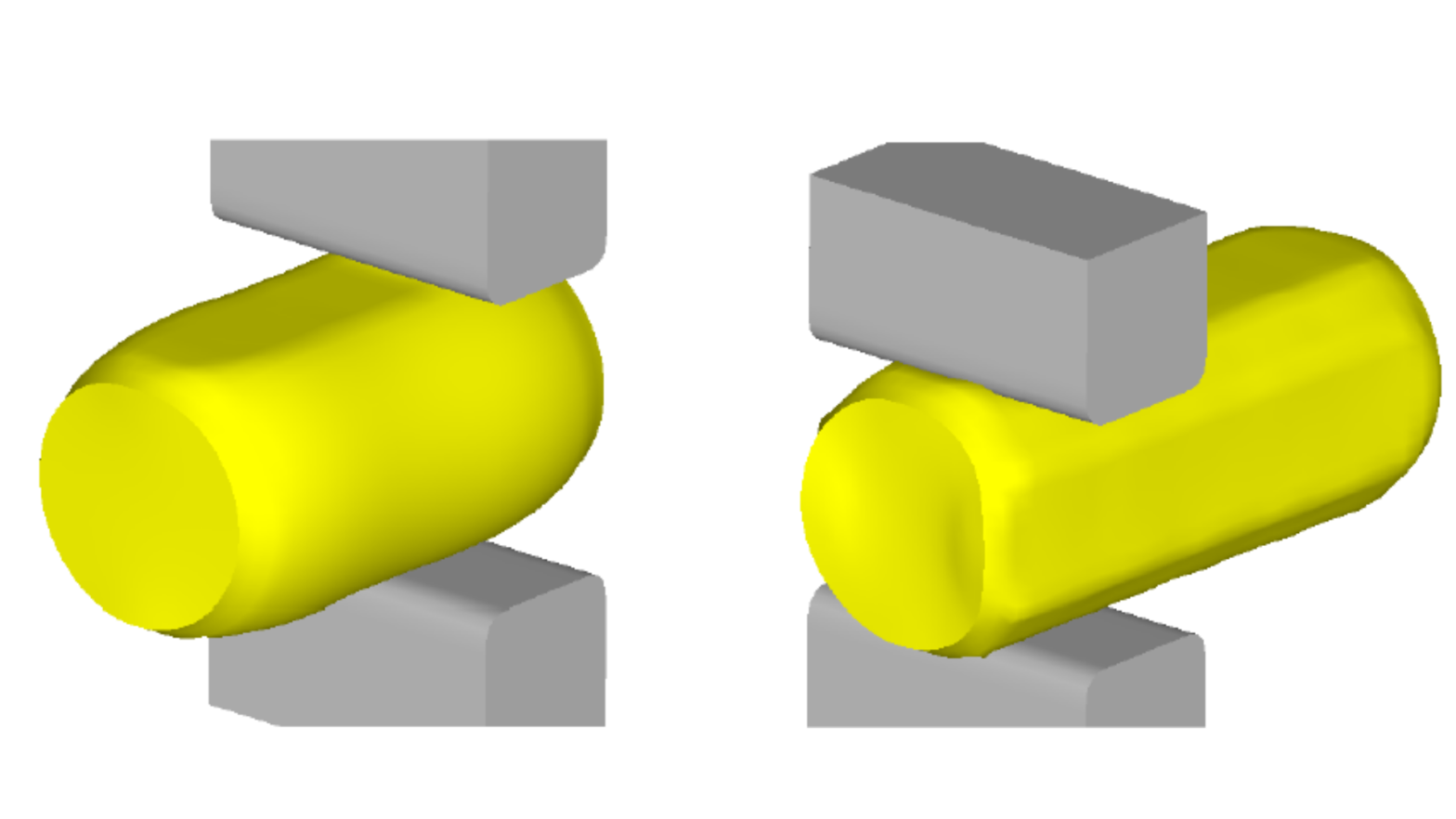
The DEFORM™ System contains a special pre-processor that enables the engineer to set up the complete cogging schedule in one session.
Standard industry billet, die and manipulator shapes are included and the CAD interface allows additional geometry input. Process inputs include number of heats, number of passes, rotation information, bite size and time between bites/passes.
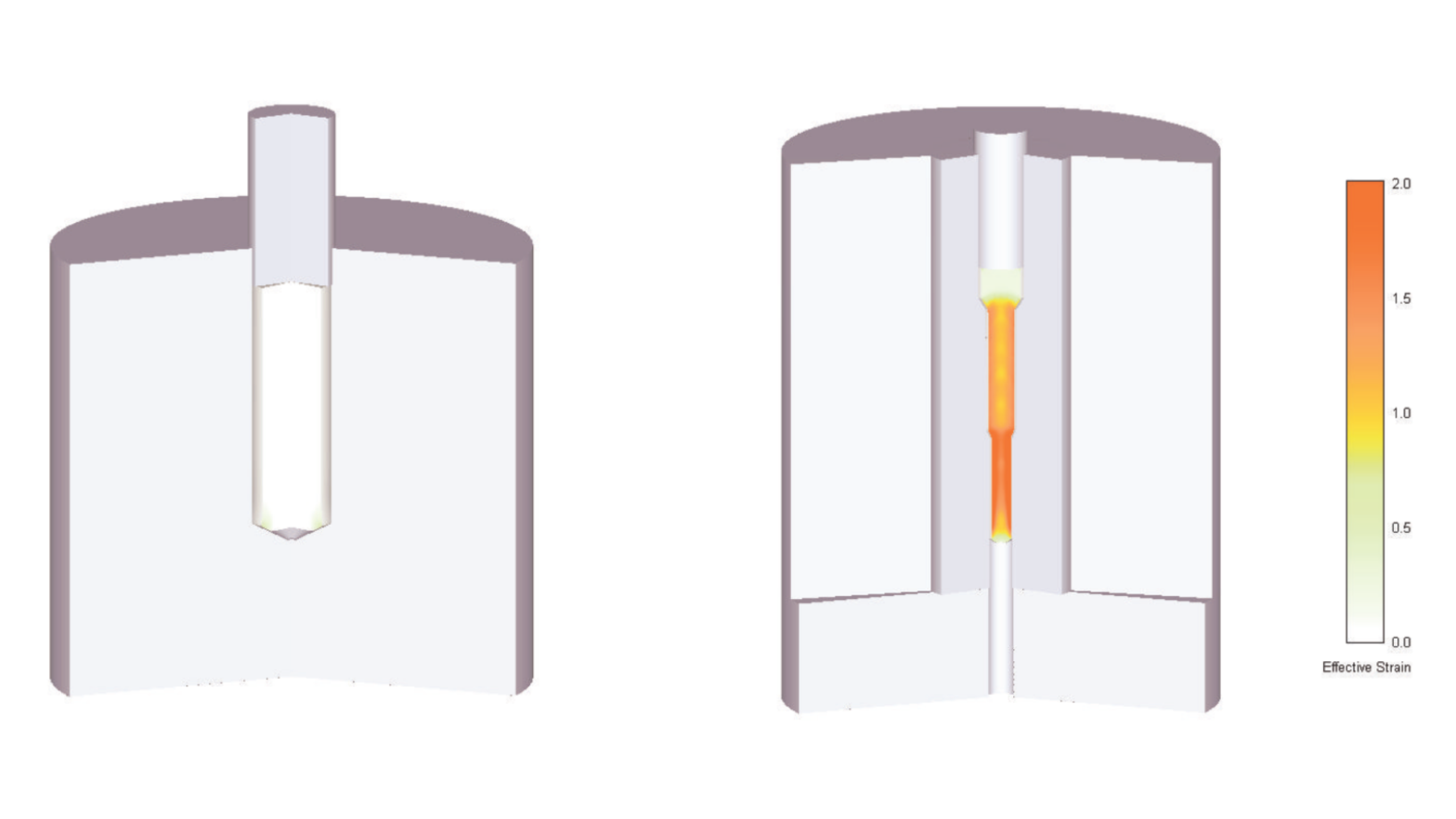
The examples have shown that computer simulation of metal forming and heat treating operations is definitely not restricted to the automotive and aerospace organizations. The medical industry can certainly benefit from reducing trial and error, not interrupting production and reduced product time to market that computer simulation offers.
Read More